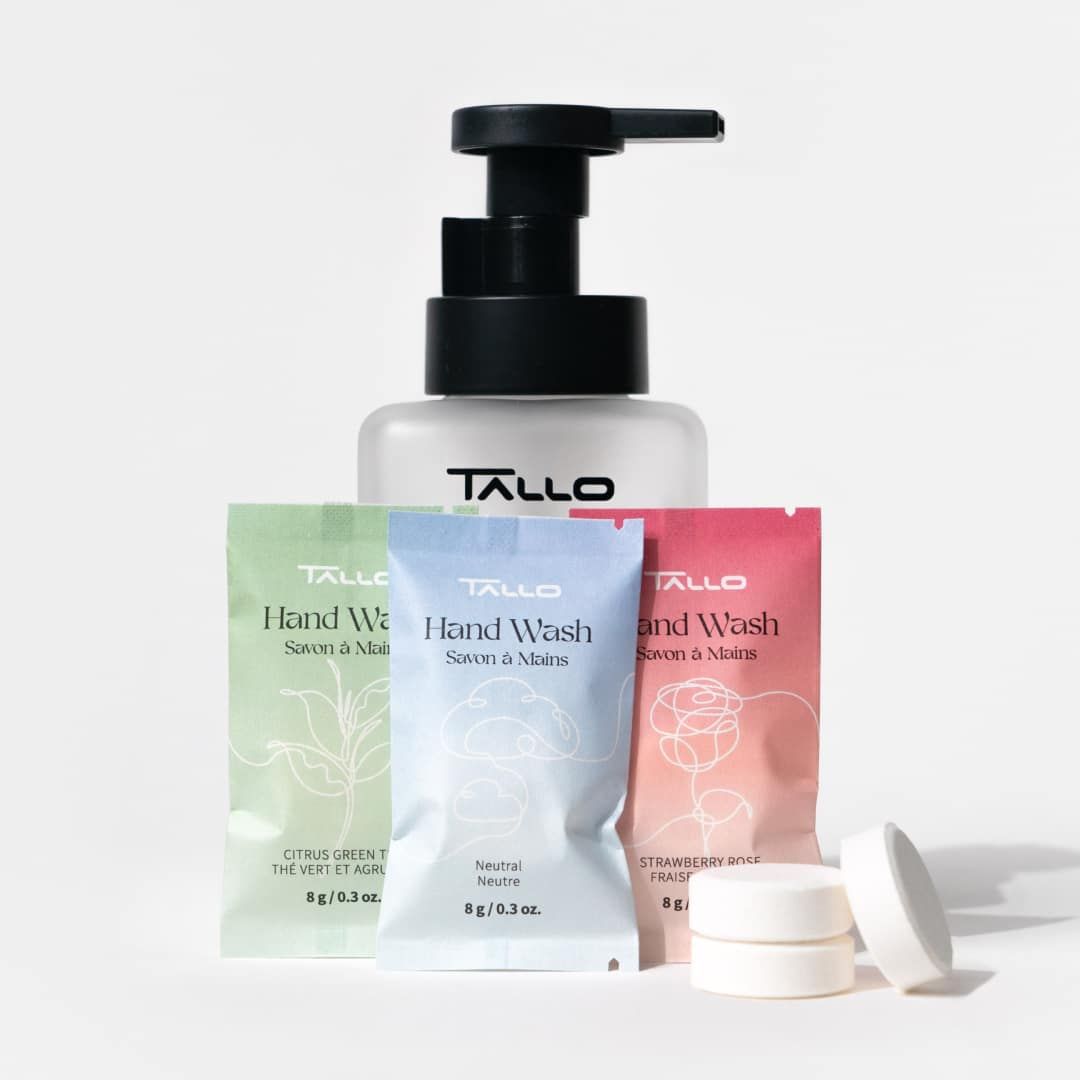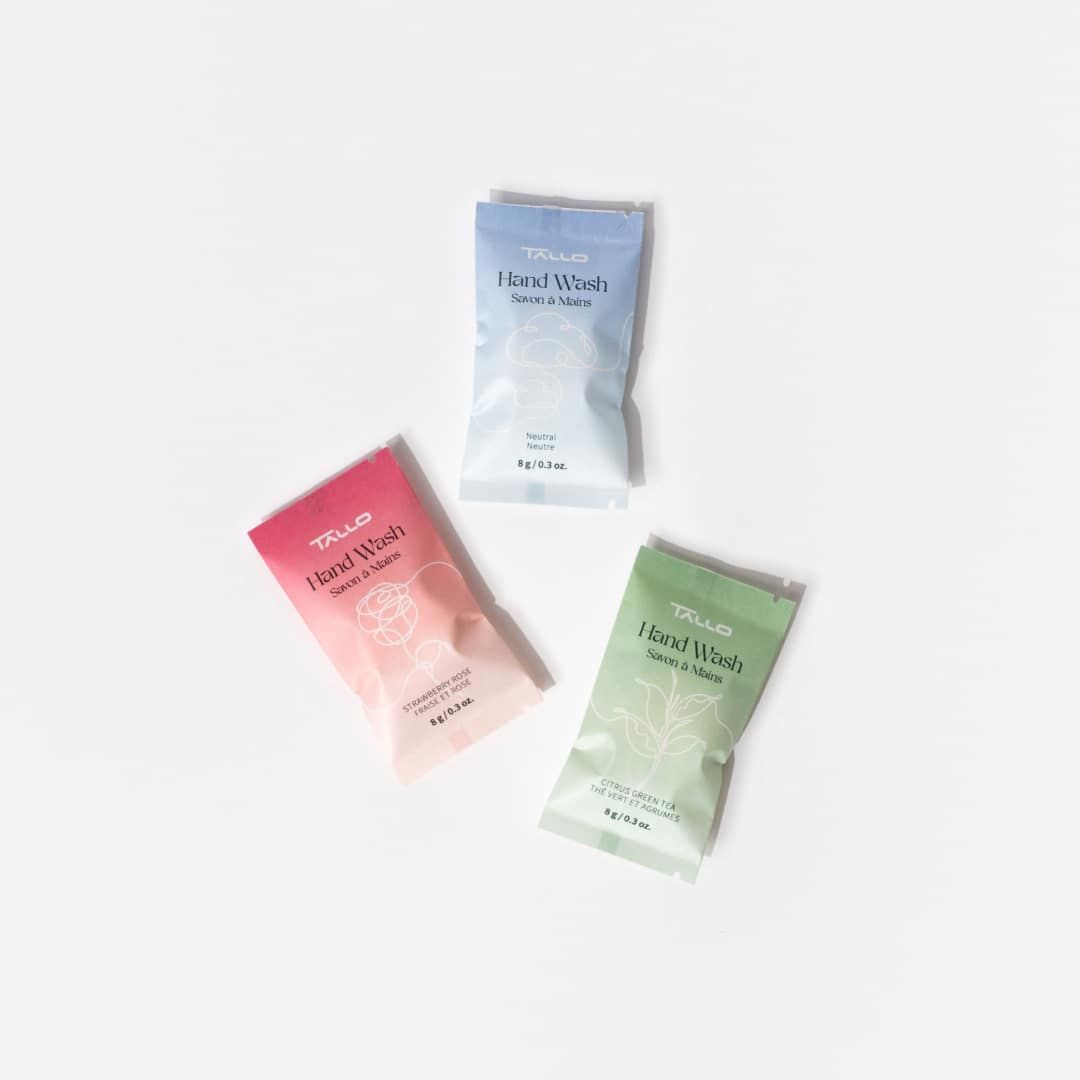What Is the Skin Barrier and How Do I Protect Mine?

Your skin barrier has one primary function – to protect your body. As the skin barrier is on the outermost part of your skin, known as the stratum corneum, it acts as the front line of defense to stop any pollutants or unwanted influences from infiltrating your body.
While keeping allergens and irritants out, the skin barrier is also responsible for keeping water in. These factors are why there has been an increase in discussion and research on the skin barrier in the past decade.
The main symptom of the skin barrier being damaged is dry skin, as the barrier is unable to keep the water in the skin. While this phenomenon doesn’t sound too troublesome, dry skin can easily lead to eczema, inflammation, itchiness, and acne (Loden, 2003).
There is also evidence of a damaged skin barrier leading to a decreased immune system, aging, and many other factors. (Chambers, 2019).
Even more so, when the skin barrier is damaged it not only has trouble keeping the good things, it has a harder time keeping the damaging pollutants out. This includes UV rays which are directly linked to skin cancer (Richardson, 2003).
How Does It Work?
As the largest organ in the body, the skin is responsible for keeping everything held together. The tighter everything is being held together the healthier the skin barrier is.
The more damaged a skin barrier the more “leakage” there is, both water coming out of the skin and irritants going in (Blank, 1952).
The skin barrier is made up of a lipid structure that is positioned between two layers of cornified dead cells, keeping it in place.
The trouble comes when the lipids in this tightly help together structure start to move and rearrange (Norlen, 2022).

What Damages the Skin Barrier?
There are many factors that influence the skin barrier. The good news is a lot of these factors can be controlled. This is a list of the most common habits that are damaging your skin barrier.
Over Cleaning & Harsh Cleaning Products
When you wash your face the goal is to remove any debris that has accumulated throughout the day or night.
The soaps that are used to clean your face generally do this by removing excess skin oils. However, your skin needs to maintain its lipid structure in order to stay healthy.
A study completed in 2008 followed the effects of washing one’s face with soap and water followed by towel drying. They concluded that the more one washes their face the higher likelihood of having a damaged skin barrier (Voegeli, 2008).
Therefore, finding a balance with your skin is key. Typically, one and possibly two washes a day is safe if using a gentle cleanser.
Want to learn how to better take care of yourself and the planet?
Join thousands of people who receive our newsletter with valuable sustainability and personal care content, tips and tricks.
Spam free. Unsubscribe anytime.
Frequent Skin Treatments
The running theme here is moderation. Overall, anything that is harsh on your skin is probably damaging the skin barrier. This is true with frequent skin treatments as well.
This includes both professional and home skin treatments. It’s important to always listen to your skin, if you put something on and it feels irritating, it’s more than likely because your skin is irritated.

Medications
It’s not only things that we put on our face that can damage our skin barrier. Medication has also been shown to influence skin barriers health and ability to function (Dreno, 2018).
While a lot of medications are mandatory, determining if your medication is having an impact on your skin barrier can help you be prepared and take extra steps to hydrate and repair the barrier.
Lack of Sleep
Getting your beauty sleep is actually decently accurate. Your body goes through a lot of phases while you sleep as sleeping is a time where it doesn’t have to focus as much on its environment, but more on internal stabilization.
Your skin has collagen in it, which is primarily responsible for keeping your skin structures and tight. It’s been demonstrated that collagen production primarily happens as one is sleeping.
Therefore, a continuous lack of sleep can lead to a decrease in skin stability which leads to aging, damaged skin barriers, and more (Kahan, 2010).
How to Take Care of Your Skin Barrier?
The skin barrier is both strong and fragile. While it is your body’s defense against all the elements and pollutants, it does need some help to stay healthy and function and its highest abilities.
The best way to keep your skin both safe and clean is by using a gentle cleanser. A gentle cleaner will allow you to wash away the impurities that are accumulated throughout your day, while not disrupting the lipid layer necessary for proper skin barrier function.
Switching to a gentle cleanser has also shown benefits for improving already damaged skin (Del Rosso, 2011).
Using Emollients is another great way to take care of your skin barrier. Emollients are moisturizing treatments applied to the skin that helps to soothe the skin. Some examples are petrolatum, lanolin, mineral oil, and dimethicone (WebMD, 2022). Natural alternatives include squalene and cocoa butter.
Emollients help to restore the skin barrier by providing an oily film over the skin which is used to trap in water. The trapped water leads to swelling of the stratum corneum which closes cracks in the skin. Ultimately, restoring the epidermal layer (Cork, 2009)
Moisturizer is also a great helper in maintaining skin barrier health. Moisturizer is not to be confused with the emollients mentioned above.
Typically, there are humectants in moisturizers that are used to hydrate the skin barrier (Loden, 2003).Though it’s important not to get a scented moisturizer as these typically have varying pH that can lead to skin irritation.
Another great way to protect the skin barrier is to regularly use sunscreen. Sunscreen works by keeping out damaging UV rays that penetrate the skin and disrupt the normal functioning of cells.
Regularly using sunscreen will keep your skin barrier protected from harsh rays and lead to fewer symptoms of aging (Hughes, 2013).

What to Take Away?
Your skin barrier is acting all day every day to keep harsh pollutants out of your body while staying hydrated. It’s imperative to take care of your skin barrier as a non-regularly functioning skin barrier can lead to dry skin, acne, advanced aging, immunity issues, and more.
The top culprits for a damaged skin barrier are overwashing, harsh cleansers, frequent skin treatments, and lack of sleep. The best ways to restore and maintain your skin barrier are through gentle cleansers, emollients, moisturizers, and sunscreen.
Do you know all of the personal care labels? Consider reading Personal Care Label Terms You Should Know.
References
Blank, I. H. (1952). Factors Which Influence the Water Content of the Stratum Corneum. Journal of Investigative Dermatology, 18(6), 433–440.
Chambers, E. S., & Vukmanovic-Stejic, M. (2020). Skin barrier immunity and ageing. Immunology, 160(2), 116–125.
Contributor, N. T. (2003, August 5). Understanding the structure and function of the skin. Nursing Times.
Cork, M. (1997). The importance of skin barrier function. Journal of Dermatological Treatment, 8(sup1), S7–S13.
Del Rosso, J. Q., & Levin, J. (2011). The Clinical Relevance of Maintaining the Functional Integrity of the Stratum Corneum in both Healthy and Disease-affected Skin. The Journal of Clinical and Aesthetic Dermatology, 4(9), 22–42.
Dréno, B., Bettoli, V., Araviiskaia, E., Sanchez Viera, M., & Bouloc, A. (2018). The influence of exposome on acne. Journal of the European Academy of Dermatology and Venereology, 32(5), 812–819.
Hughes, M. C. B., Williams, G. M., Baker, P., & Green, A. C. (2013). Sunscreen and Prevention of Skin Aging. Annals of Internal Medicine, 158(11), 781–790.
Kahan, V., Andersen, M. L., Tomimori, J., & Tufik, S. (2010). Can poor sleep affect skin integrity? Medical Hypotheses, 75(6), 535–537.
Lodén, M. (2003). Role of Topical Emollients and Moisturizers in the Treatment of Dry Skin Barrier Disorders. American Journal of Clinical Dermatology, 4(11), 771–788.
Norlén, L., Lundborg, M., Wennberg, C., Narangifard, A., & Daneholt, B. (2022). The Skin’s Barrier: A Cryo-EM Based Overview of its Architecture and Stepwise Formation. Journal of Investigative Dermatology, 142(2), 285–292.
Voegeli, D. (2008). The effect of washing and drying practices on skin barrier function. Journal of Wound, Ostomy, and Continence Nursing: Official Publication of The Wound, Ostomy and Continence Nurses Society, 35(1), 84–90.













Leave a comment